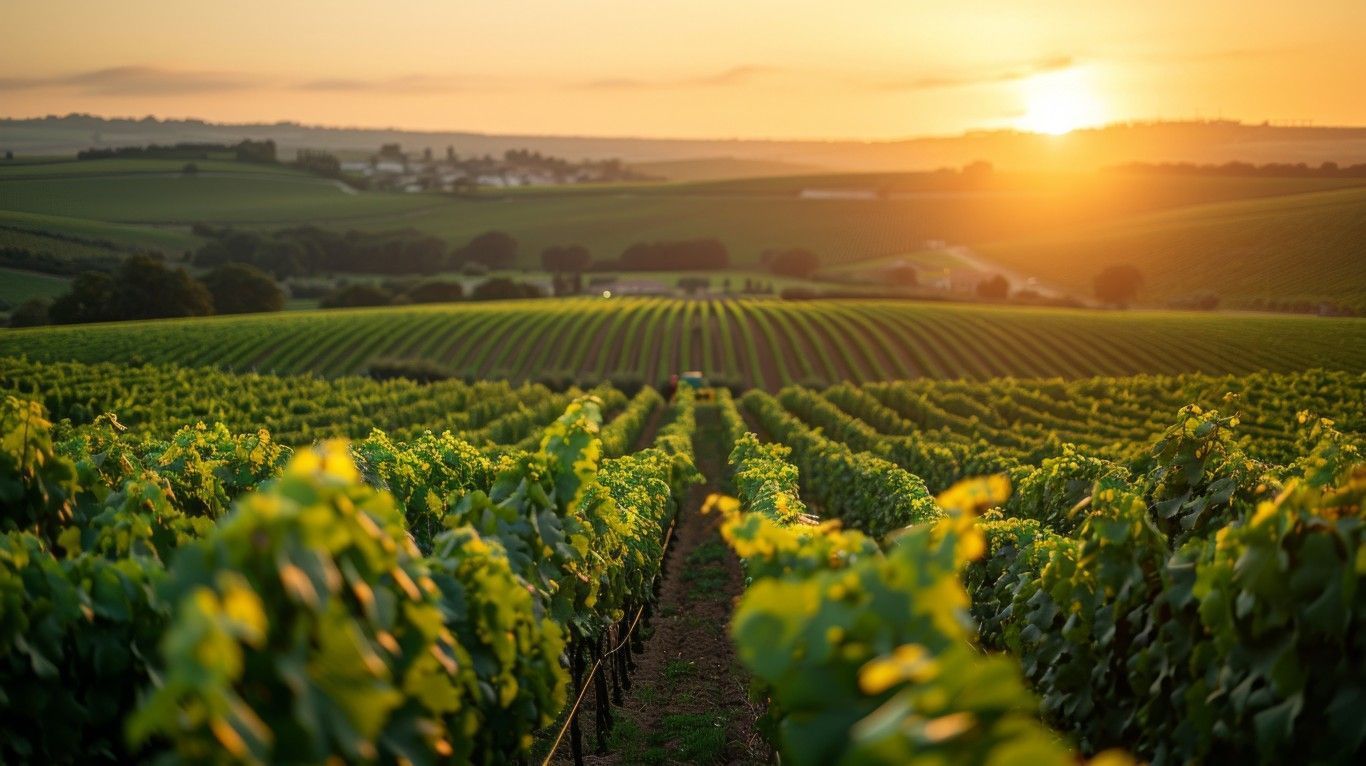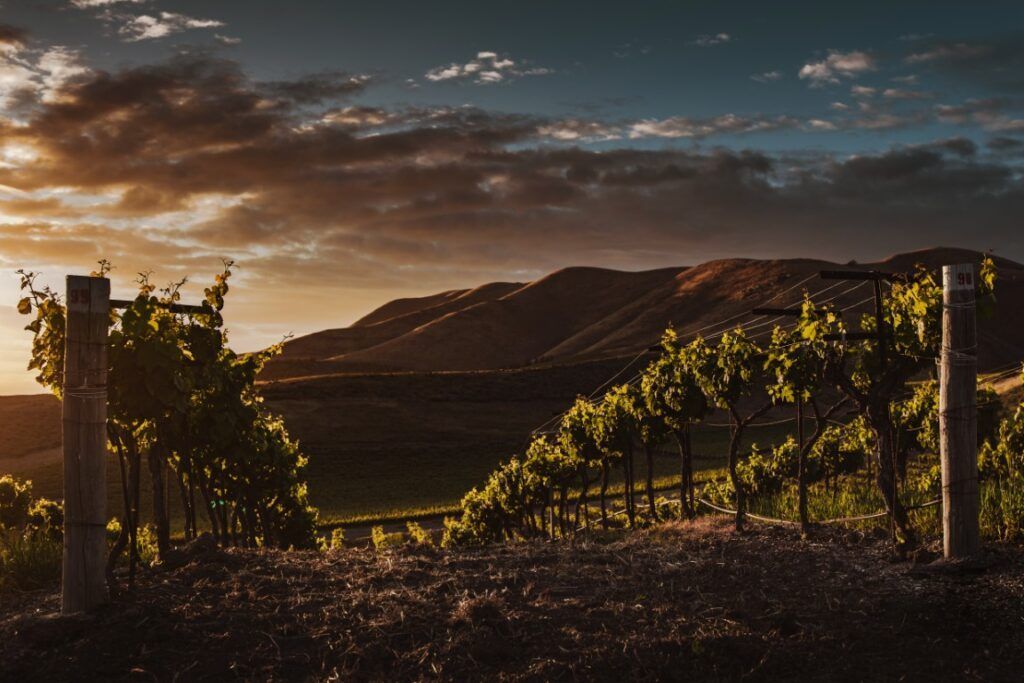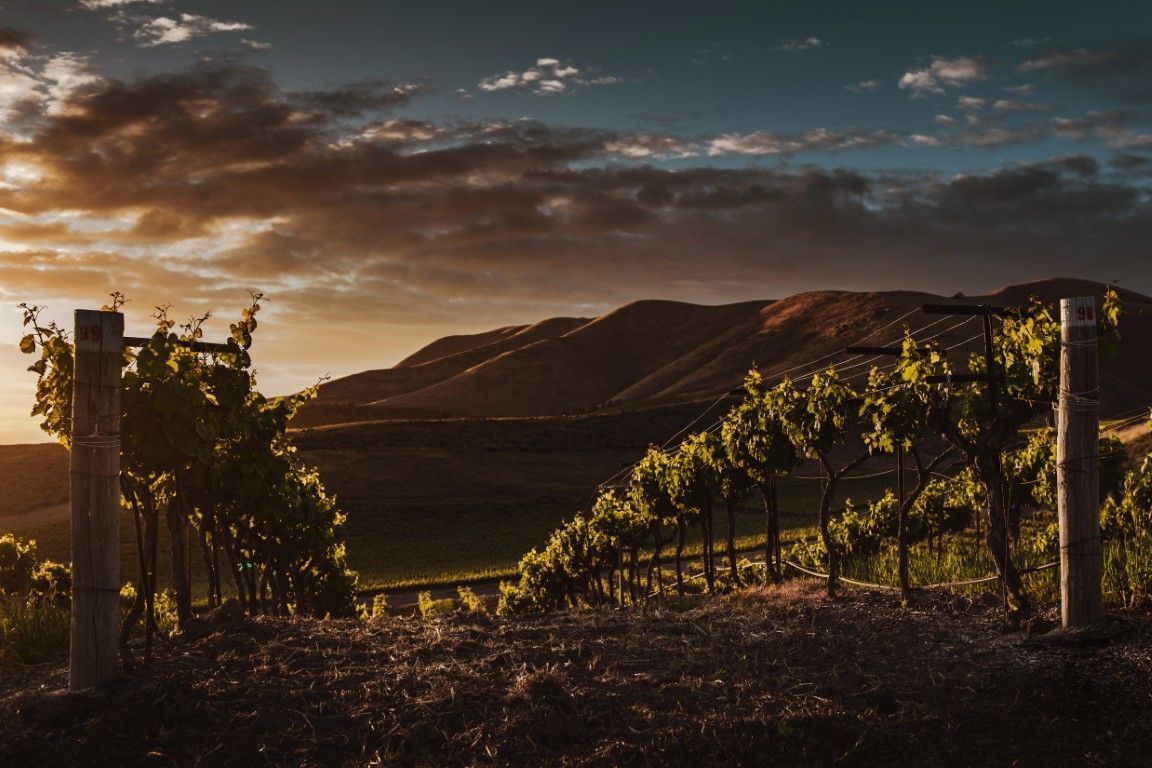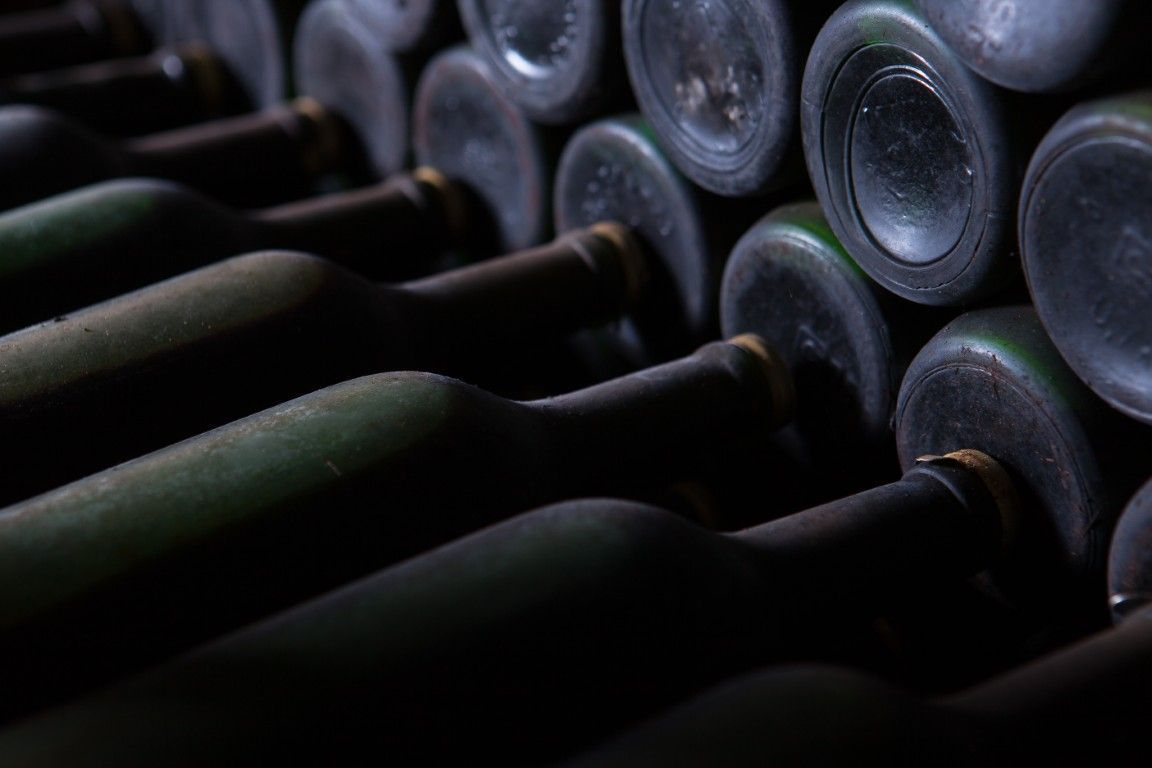The Tempranillo grape is one of Spain’s most emblematic varieties, known for its adaptability and the quality of wines it produces. It is cultivated across various regions in the country and around the world, each contributing unique nuances to wines made from this grape.
Origin and Characteristics of the Tempranillo Grape
The name “Tempranillo” comes from the Spanish word *temprano*, meaning “early”, referring to the grape’s early ripening compared to other red varieties.
It is believed to have originated in the Ebro River basin, covering areas of La Rioja and Navarra. This grape is known for its thick skin and deep bluish-black color.
Wines made from Tempranillo typically show a remarkable balance between acidity and sweetness, with aromas of ripe red fruits, vanilla, and spices—especially when aged in oak barrels.
Cultivation Regions in Spain
Tempranillo is the most widely planted red grape variety in Spain, with over 200,000 hectares cultivated. It is present in 56 designations of origin (D.O.), being the primary variety in 12 of them.
La Rioja
Considered the birthplace of Tempranillo, La Rioja is known for producing high-quality wines that blend this grape with others like Garnacha or Mazuelo. Wines from this region are celebrated for their elegance and aging potential.
Ribera del Duero
Here, Tempranillo—locally known as Tinto Fino or Tinta del País—produces intense, structured wines. The extreme climate, with hot days and cool nights, contributes to the complexity and depth of the wines.
Toro
In this region, the grape is called Tinta de Toro and yields robust, powerful wines with a high concentration of flavor and excellent aging potential.
Navarra
Though historically known for its rosé wines, Navarra has increased its production of quality reds, where Tempranillo plays a key role, often blended with other varieties.
Other Spanish Designations of Origin
Beyond the most renowned regions, **Tempranillo** is also grown in other **designations of origin (D.O.)** throughout Spain, each adding its own distinctive qualities to the wines:
- Castilla-La Mancha: In this vast region, Tempranillo is known as Cencibel and is used in young wines as well as crianzas and reservas.
- Penedès: Although the region is better known for its white and sparkling wines, it also produces red wines with Tempranillo, often blended with international varieties.
- Somontano: This D.O. in Aragón uses Tempranillo in blends with varieties like Cabernet Sauvignon and Merlot.
- Extremadura (Ribera del Guadiana): Produces fresh, fruity wines ideal for those seeking a lighter Tempranillo profile.

International Expansion of Tempranillo
Although Spain is the **main producer** of Tempranillo, this grape variety has crossed borders and is now cultivated in several countries, adapting to different climates and soils:
- Portugal: Known as Tinta Roriz in the north and Aragonês in the south, Tempranillo plays a key role in Port wine and other Portuguese reds.
- Argentina: Grown in regions like Mendoza, where it is blended with Malbec to create structured, fruity wines.
- United States: In California and Texas, innovative wineries are producing increasingly high-quality wines from this grape.
- Australia: Mainly cultivated in warm regions like Barossa Valley, producing bold, spicy wines.
- Mexico: Tempranillo thrives in the wine valleys of Baja California, yielding full-bodied, mature wines.
In international markets where innovation is key, using synthetic closures ensures ideal wine preservation. Explore our solutions tailored to every need.
Factors Influencing the Cultivation of Tempranillo
The success of **Tempranillo grape cultivation** depends on several factors that directly influence the quality and character of the resulting wines:
- Climate: Well-suited to continental and Mediterranean climates with cold winters and hot summers.
- Soil: Prefers calcareous, clay-rich, and well-drained soils that promote flavor concentration in the grapes.
- Altitude: In regions like **Ribera del Duero**, altitude enhances the wine’s acidity and freshness.
- Vineyard management: Pruning and yield control are key to avoiding overproduction, which can compromise final wine quality.
To ensure the best quality in winemaking, every detail matters—including the type of closure. Discover our wine closures designed to preserve the essence and flavor of every bottle.
Notable Wines Made from Tempranillo
**Tempranillo** is the foundation of many of **Spain’s most prestigious wines**, celebrated for their aging potential and aromatic richness. Notable examples include:
- Rioja Gran Reserva: Elegant and complex wines with notes of ripe fruit, vanilla, and leather from extended oak aging.
- Ribera del Duero Reserva: Bold and structured wines with a blend of dark fruit and spicy notes.
- Toro Tinto: Robust wines with firm tannins, perfect for those who enjoy wines with character.
- Navarra Crianza: More accessible and versatile, offering a balanced mix of fruit and oak.
Frequently Asked Questions About Tempranillo
What is the origin of the Tempranillo grape?
Tempranillo originated in Spain, specifically in the **Ebro River basin**, in regions like **La Rioja and Navarra**.
In which regions of Spain is Tempranillo mainly grown?
The main regions are **La Rioja, Ribera del Duero, Toro, and Navarra**, although it is present in many other D.O.s.
What are the alternative names for Tempranillo in different regions?
Depending on the region, Tempranillo is known as **Tinta del País, Tinta de Toro, Cencibel, Tinta Roriz** (Portugal), and **Aragonês**.
What characteristics do Tempranillo wines typically have?
Tempranillo wines are known for their **balance of acidity and tannins**, with aromas of red fruits, spices, and woody notes when aged in barrels.
In which other countries is Tempranillo cultivated?
It is grown in **Portugal, Argentina, the United States, Australia, and Mexico**, where it has proven its adaptability to different climates and soils.
Beyond grape quality, a great wine also depends on the closure used on the bottle. Excellent Cork, a leader in synthetic closures for wine and spirits, offers high-quality solutions that guarantee wine preservation and prevent alterations in flavor and aroma. For wineries seeking innovation and performance, Excellent Cork is the ideal choice.
If you want to learn more about improving wine preservation and discover the latest closure innovations, visit our blog and stay up to date with the latest industry trends.





